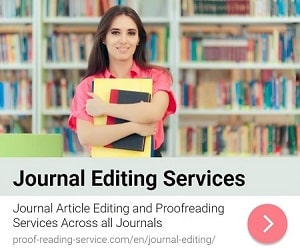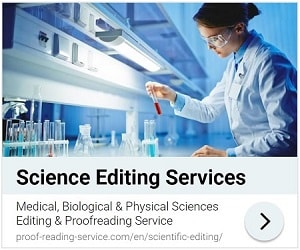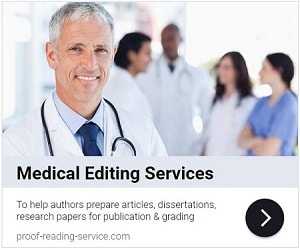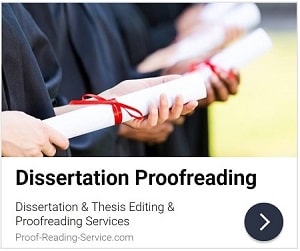Introduction
An abstract is a crucial component of a research paper. It provides a concise summary of the study, enabling readers to quickly grasp the essence of the research. A well-written abstract improves a paper’s visibility, facilitates indexing in academic databases, and influences whether the paper is read in full. This article provides professional tips on how to write an effective abstract, covering its purpose, key elements, structure, and best practices.
The Purpose of an Abstract
The primary function of an abstract is to summarize a research paper succinctly while maintaining clarity and coherence. The abstract serves multiple purposes:
- Provides a Quick Overview – Allows readers to understand the study’s main points without reading the full paper.
- Aids in Literature Review – Helps researchers determine whether the paper is relevant to their work.
- Facilitates Indexing – Ensures that the paper is easily searchable in academic databases like PubMed, Scopus, and Google Scholar.
- Encourages Further Reading – A compelling abstract entices readers to explore the full research paper.
Types of Abstracts
Abstracts can be broadly categorized into two types:
1. Descriptive Abstract
- Summarizes the purpose, scope, and methodology of the research.
- Does not include specific results or conclusions.
- Suitable for theoretical or exploratory studies.
Example: “This study examines the impact of social media on mental health, focusing on anxiety and depression levels among college students. The paper explores existing literature and discusses emerging trends.”
2. Informative Abstract
- Provides a complete summary, including research objectives, methods, results, and conclusions.
- Commonly used in scientific and empirical research.
Example: “This study investigates the relationship between social media usage and mental health among 500 college students. Results indicate a positive correlation between excessive social media use and higher levels of anxiety and depression. The study suggests implementing digital detox strategies to mitigate these effects.”
Key Elements of an Abstract
A strong abstract should contain the following key elements:
- Background/Introduction – Briefly introduces the research topic and its significance.
- Objective – Clearly states the purpose or research question.
- Methods – Summarizes the research design, data collection, and analysis techniques.
- Results – Highlights key findings (for informative abstracts).
- Conclusion – Summarizes the implications of the findings and potential applications.
Structure of an Abstract
A well-structured abstract follows a logical order to enhance readability. Here is an example structure:
1. Introduction (1-2 Sentences)
Provide a brief background on the research topic. Example: “Climate change poses significant threats to biodiversity, yet its impact on insect populations remains underexplored.”
2. Research Objective (1-2 Sentences)
Clearly state the purpose or hypothesis of the study. Example: “This study aims to assess the impact of rising temperatures on butterfly migration patterns in North America.”
3. Methods (2-3 Sentences)
Summarize the research design, sample, and analytical techniques used. Example: “A longitudinal study was conducted using satellite tracking of 500 butterflies across different climate zones. Data analysis involved regression modeling to assess migration shifts.”
4. Results (2-3 Sentences)
Highlight key findings without unnecessary details. Example: “Findings indicate a significant northward migration shift of 20% over the past decade, correlating with increased average temperatures.”
5. Conclusion (1-2 Sentences)
Summarize the research implications and suggest potential applications. Example: “These results emphasize the need for conservation efforts in newly emerging butterfly habitats to ensure species survival.”
Best Practices for Writing an Abstract
1. Keep It Concise
- Most journals and conferences have word limits (typically 150-300 words).
- Avoid unnecessary details and lengthy explanations.
2. Use Clear and Precise Language
- Avoid jargon and technical terms unless essential.
- Write in simple, direct language to ensure accessibility.
3. Maintain Objectivity
- Focus on summarizing the research rather than offering personal opinions.
- Use neutral and academic language.
4. Follow the Journal Guidelines
- Different journals have specific formatting and structural requirements.
- Check word limits, section divisions, and citation policies.
5. Write the Abstract Last
- Although the abstract appears first, it is best written after completing the research paper.
- This ensures it accurately reflects the paper’s content.
6. Avoid Citations and References
- Abstracts typically do not include citations.
- If a reference is necessary, use a general mention rather than a formal citation.
7. Use Active Voice When Possible
- Active voice improves clarity and readability.
- Example: “The study examines the impact of…” instead of “The impact of… is examined in this study.”
8. Proofread Carefully
- Ensure there are no grammatical or typographical errors.
- Have a peer or mentor review the abstract for clarity.
Common Mistakes to Avoid
-
Being Too Vague
- Weak: “This study looks at various aspects of climate change.”
- Improved: “This study analyzes the impact of rising temperatures on butterfly migration patterns in North America.”
-
Including Too Much Detail
- Abstracts should be concise and to the point.
- Avoid excessive methodology details or lengthy discussions.
-
Using Unclear Language
- Avoid technical jargon that may not be understood by all readers.
- Ensure clarity and readability.
-
Not Summarizing the Key Findings
- Readers should grasp the essence of the research without needing to read the full paper.
-
Ignoring Formatting Requirements
- Always adhere to the specific requirements of the journal or conference.
Example of a Well-Written Abstract
Title: The Effects of Air Pollution on Lung Function in Urban Populations
Abstract:
“Air pollution is a major environmental concern that adversely affects respiratory health. This study investigates the impact of prolonged exposure to air pollutants on lung function among urban residents. A cross-sectional analysis of 2,000 individuals from five metropolitan areas was conducted using spirometry tests and environmental monitoring data. Results indicate a significant decline in lung capacity among participants exposed to high levels of particulate matter (PM2.5) over five years. The findings highlight the urgent need for stricter air quality regulations and targeted public health interventions. Future research should explore the long-term effects of pollution control measures on respiratory health.”
Conclusion
Writing an effective abstract requires careful consideration of structure, language, and content. A strong abstract enhances a research paper’s visibility, readability, and impact. By following best practices—such as maintaining clarity, conciseness, and adherence to guidelines—researchers can create abstracts that effectively communicate their findings and attract the right audience. Whether for academic journals, conferences, or grant proposals, a well-crafted abstract is a vital tool in the dissemination of research findings.
You might be interested in Services offered by Proof-Reading-Service.com
Journal Editing
Journal article editing services
PhD Thesis Editing
PhD thesis editing services
Expert Editing
Expert editing for all papers
Medical Editing
Medical Editing Services
Research Editing
Research paper editing services
Book Editing
Professional book editing services














